After almost twenty years in space, Cassini’s adventure will be coming to an end today as it finally runs out of fuel and intentionally plunges into Saturn’s atmosphere - destroying itself forever.
The spacecraft is expected to lose radio contact with Earth about one or two minutes after beginning its decline into the upper atmosphere, but will continue to transmit up until that point.
Advertisement
It will be the last transmission to add to an extensive catalogue of information that NASA would never have had without the space probe, here are 7 incredible discoveries that Cassini made possible.
Titan

Cassini has been getting up close to Saturn's planet-sized moon, Titan. Taking incredible photographs and learning more about its dunes, mountains and seas of pure liquid methane (definitely not for swimming). Not to mention the 95% nitrogen atmosphere.
Auroras
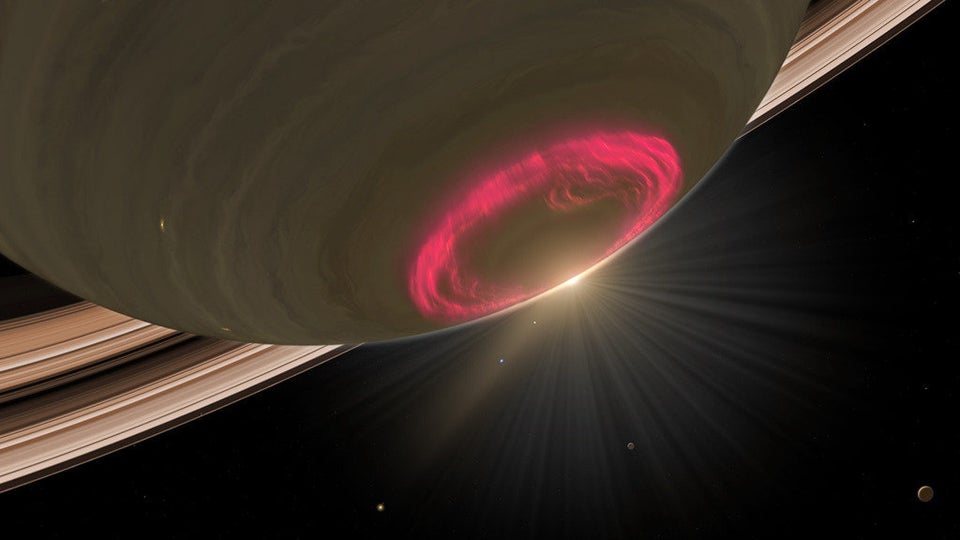
Just like our home planet, Saturn has powerful magnetic fields at its poles that create shimmering auroras, and for the first time Cassini was able to capture these incredible (and pretty intimidating) images of the glowing-pink Southern lights.
Hexagonal Storms
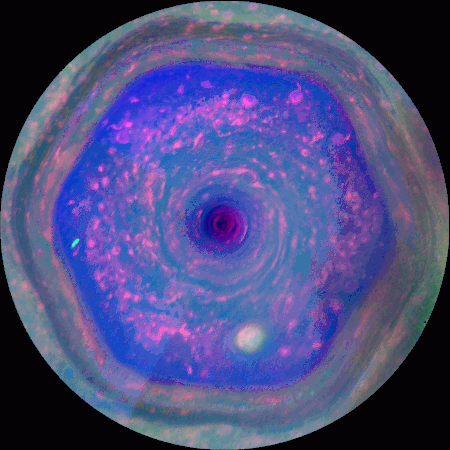
Not only are Saturn's poles decorated with beautiful auroras, they also have violent swirling storms with an (unusual) six-sided jet stream that creates these hexagonal weather patterns. But you don't want to get too close, as NASA found the eye of hurricanes on Saturn are 50 times wider than those on Earth.
Advertisement
Hyperion

Hyperion is the largest of Saturn's "potato-shaped" moons and is likely to be the result of a violent collision that shattered a larger object into pieces. The sponge-like appearance means it has an unusually low density for such a large object -- about half that of water - and any material that comes into contact with it gets blown off, never to return.
Enceladus
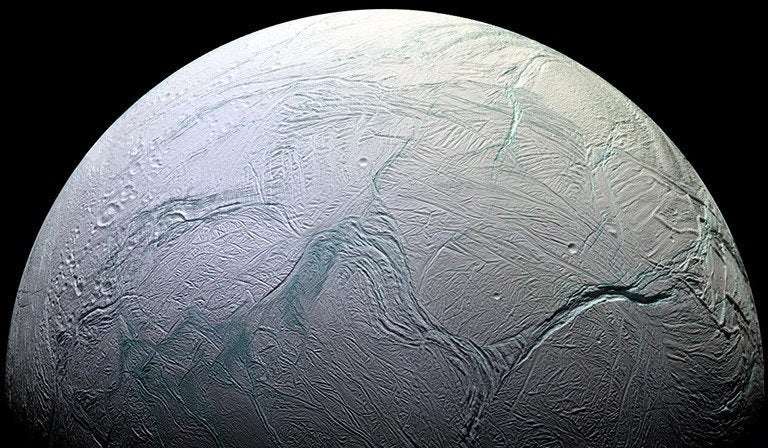
Pre-Cassini, scientists didn't understand why Encleadus was the brightest world in the solar system. But Cassini found it has a huge ocean of salty liquid water hidden beneath a surface of ice with exploding hydrothermal vents that send sporadic plumes of water shooting out into space. It is also one of the most promising locations for extra terrestrial life...
The Lapetus Ridge
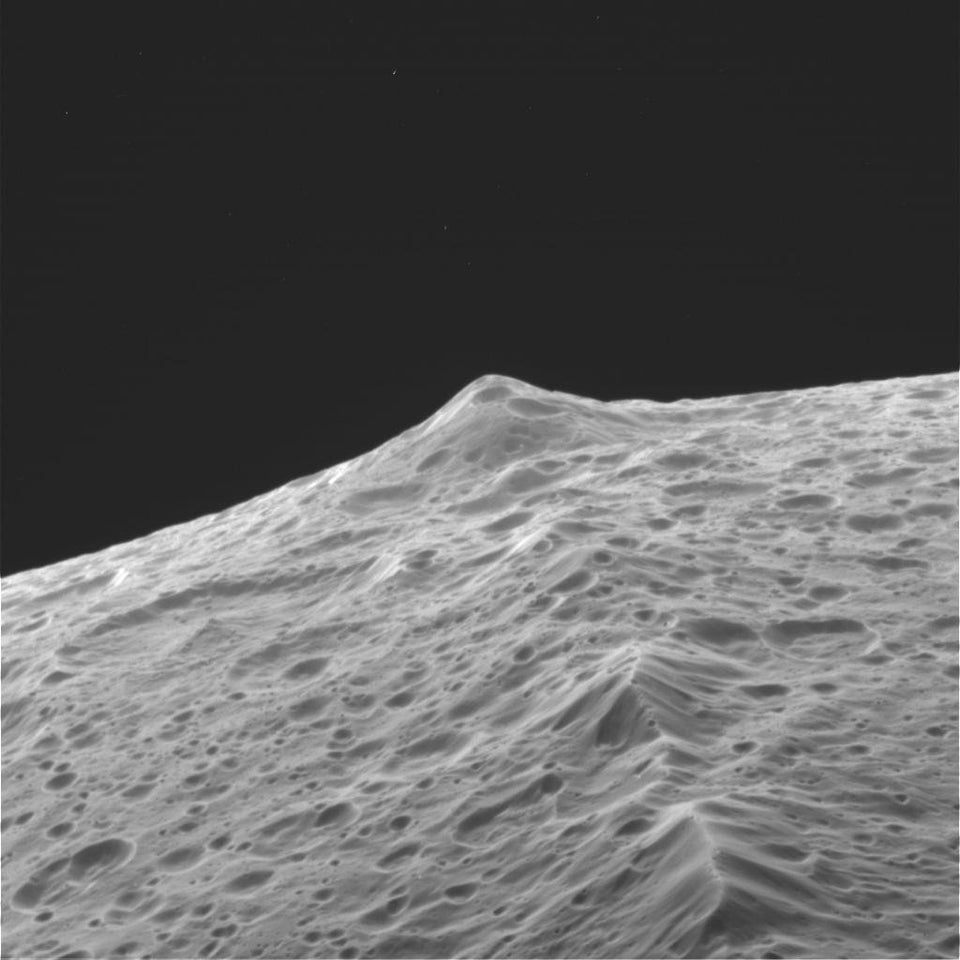
Saturn's two-toned moon, Lapetus, is surrounded in a cloud of reddish dust that gets swept around in orbit giving it a hellish colour. But that's not the strangest find, for the first time Cassini photographed a topographic ridge that runs along the equator. No one knows yet whether this is a mountain or a crack in the surface.
Advertisement
Saturn's Rings
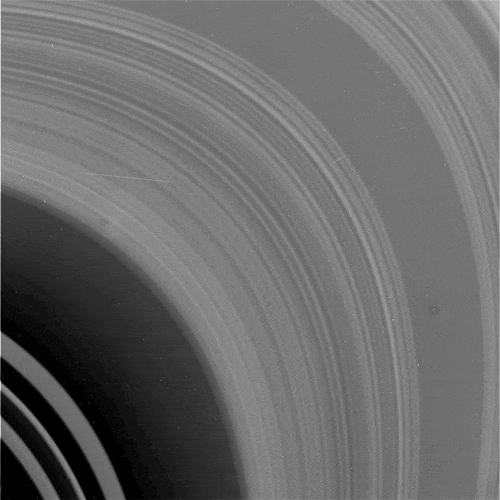
Cassini's final mission has required getting closer to Saturn than ever before, dropping from a normal altitude of 1,000,000km above to just 120,000km. Although this did require Cassini to enter a "death plunge" and sacrifice itself, it has also resulted in the most intricate images of Saturn's B rings ever recorded, clearly showing the spiral density waves.
